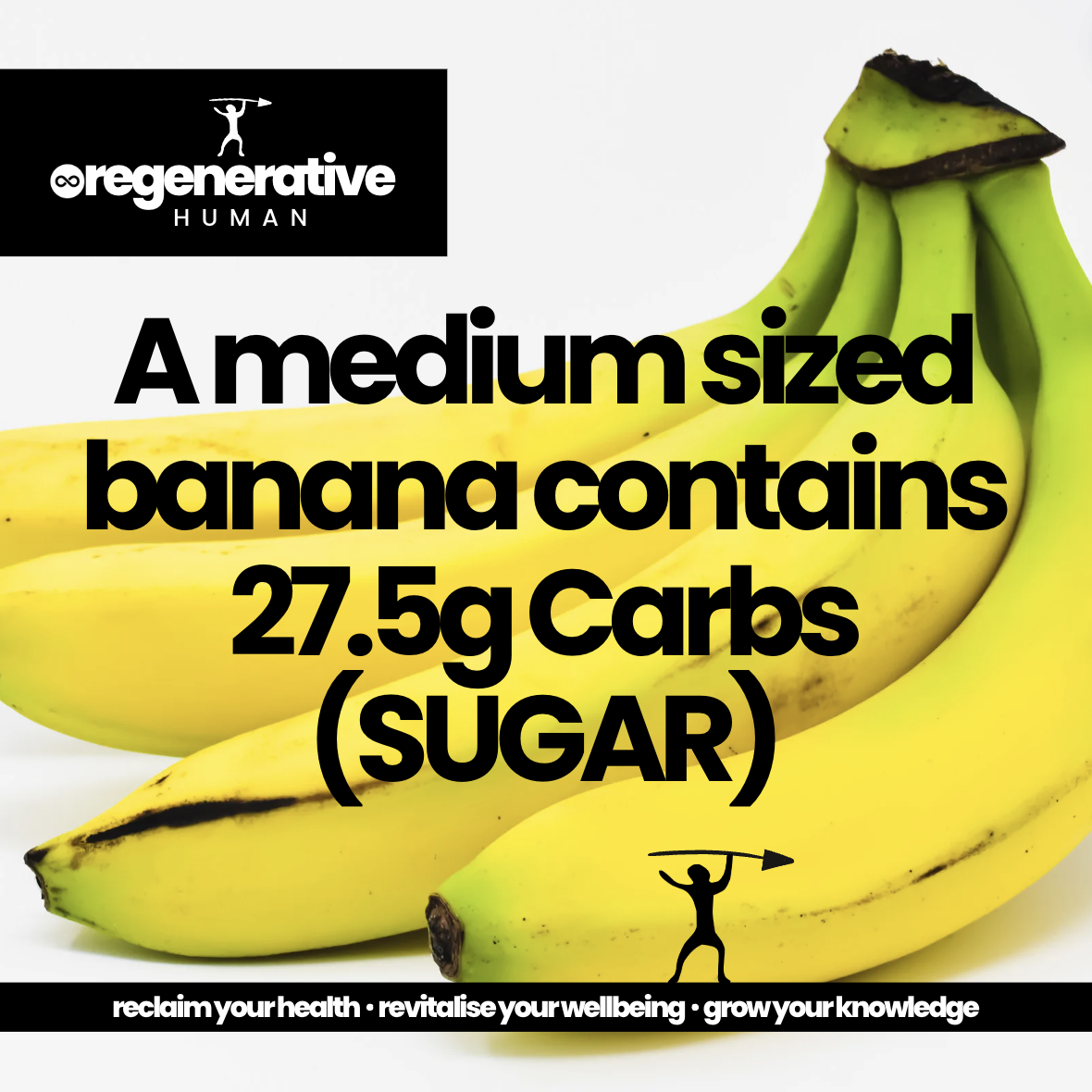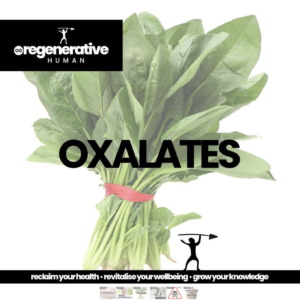DIABETES MELLITUS
The word diabetes comes from the Greek word meaning to syphon and the Latin word mellitus meaning sweet. This represented the excessive increase in urination “syphoning” from the body and the sweetness of the urine.
Diabetes is divided into two types:
Type 1 Diabetes is where the pancreas no longer produces insulin. It’s a condition that attacks the body’s immune system and destroys cells that produce insulin.
Type 2 Diabetes is where the pancreas still produces insulin but the liver and muscles become resistant to the effects of insulin.
Type 2 Diabetes is the most common form of diabetes with over 90% of all adults in the UK with diabetes having this type. As the rates of obesity rise, so do the rates of diabetes. Linking obesity and diabetes is the syndrome called Insulin Resistance, also known as Metabolic Syndrome or Syndrome X.
High levels of carbohydrates cause raised levels of fat production in liver cells and deposition of fat in muscle cells. High levels of carbohydrates also stimulate insulin which also stimulates fat production and storage. High production of Non-esterified fatty acids along with increased release of fats from fat cells inhibit insulin receptors and promote insulin resistance. Insulin resistance then increases insulin levels which then cause obesity and ultimately diabetes. Hyperglycaemia is where the level of sugar in the blood becomes too high, it can lead to heart disease, stroke, kidney disease, nerve damage and loss of vision.
Type 2 diabetes is usually slow to develop and is strongly linked to diet and other lifestyle factors. The good news is that by addressing your diet and lifestyle habits Type 2 can be put into full remission or prevented from occurring in the first place.
So how much sugar does it actually take to become a diabetic? A study by George Campbell in 1963 showed it took about 32-36kg of sugar per year for around 20 years for a patient to develop diabetes. This equates to about 21tspns of sugar per day or less than 100g a day so we should all be aiming to consume far less than this amount. When we think of sugar we often think of table sugar or sucrose (comprised of glucose and fructose). When you eat sucrose the glucose goes directly into the bloodstream to be used for energy or to be stored in your muscles or as fat. But before fructose can be used for energy it passes through the liver where its turned into glucose and fat. If you consume too much fructose in your diet this can lead to fatty deposits in your liver, raised triglycerides and excess uric acid all of which are linked to diabetes. Sucrose, fructose and glucose are all found naturally in fruits and vegetables so understanding their carbohydrate values along with the other foods in your diet is essential for your health.
For lower sugar choices of fruit and vegetables, see the recommended food lists in the regenerative eating section.





